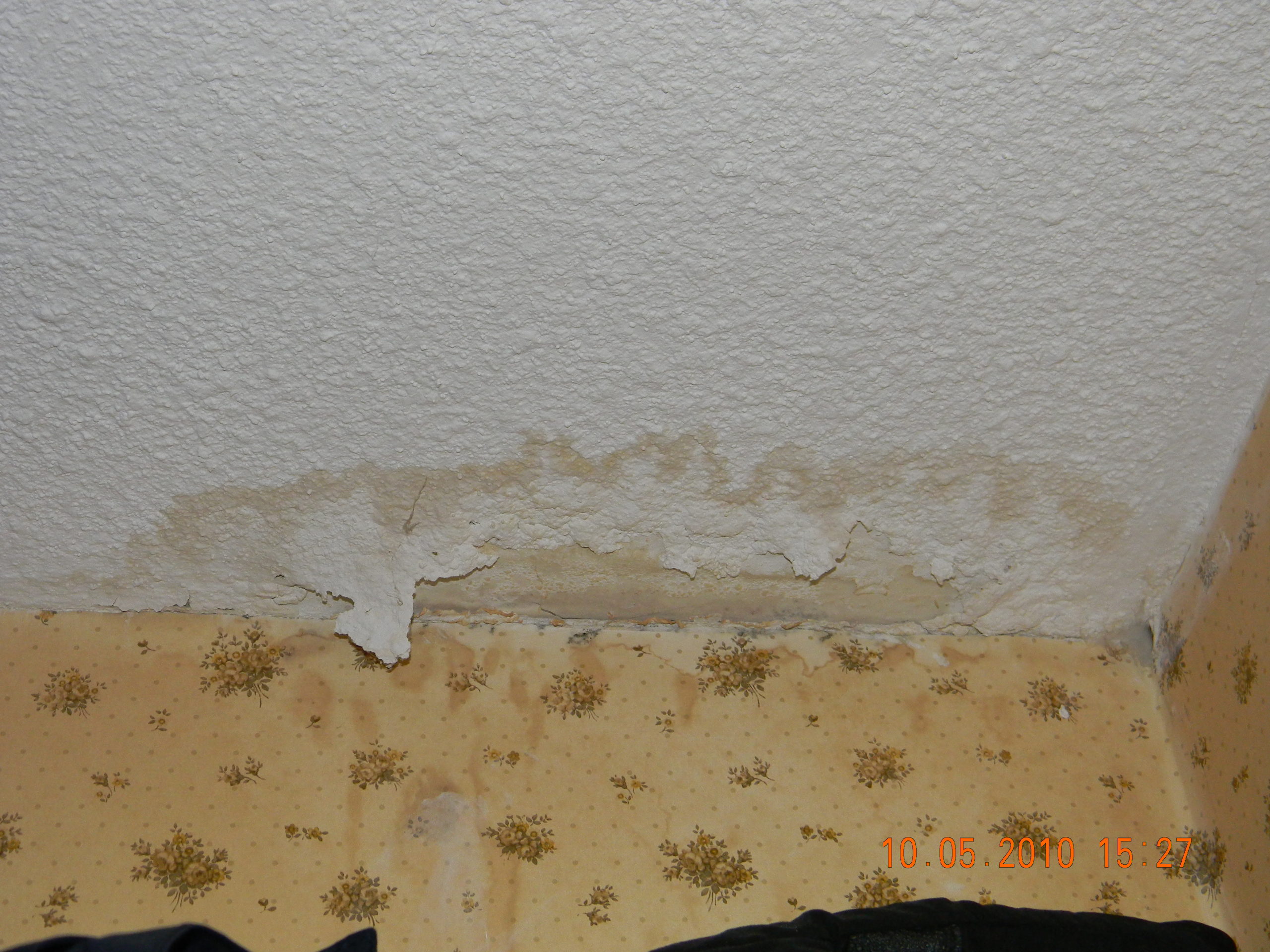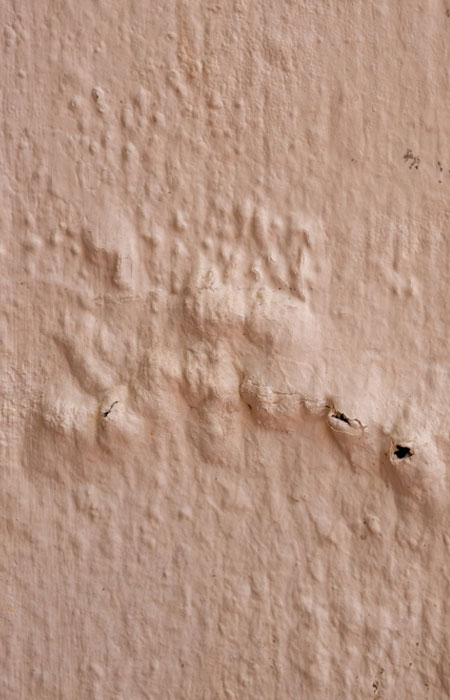Solving Water Stains on Walls: Assessments and Repairs Instructions
Solving Water Stains on Walls: Assessments and Repairs Instructions
Blog Article
Just how do you actually feel in regards to Water Stains on Walls?

Water discolorations on walls are not pleasant to the eyes. Your house ought to be without stains on the walls, roof, or floors. That is the perfect state of a home as well as its frameworks. Often it appears practically inevitable to experience water spots on walls in homes.
Property owners living in moist areas continuously deal with the worry of water discolorations on wall surfaces. With all-round as well as exact info on the reasons of water stains and also timely repair service procedures, you will certainly always be a step in advance of such incidents.
3 Common Root Causes Of Water Spots on Walls
Unlike common belief, water spots on wall surfaces do not constantly come from bad structure products. There are numerous reasons for water discolorations on walls. These consist of:
Wet
When hot damp air meets dry chilly air, it creates water beads to form on the walls of buildings. When there is heavy steam from food preparation or showers, this occurs in washrooms and cooking areas. The water beads can stain the bordering walls in these parts of your residence as well as infect other locations.
Damp or condensation influences the roof covering and wall surfaces of structures. When the wall surface is wet, it produces an appropriate atmosphere for the growth of fungi and germs.
Poor Drain
When making a building plan, it is vital to ensure appropriate drain. This will avoid water from leaking into the walls. Where the water drainage system is blocked or missing, underground moisture builds up. This links to extreme wetness that you see on the wall surfaces of your building.
So, the leading root cause of damp wall surfaces, in this case, can be a bad water drainage system. It can likewise be because of bad monitoring of sewage pipes that run through the structure.
Pipeline Leaks
Most residences have a network of water pipelines within the walls. It constantly raises the viability of such pipelines, as there is little oxygen within the wall surfaces.
A downside to this is that water leak impacts the walls of the building as well as creates widespread damages. An indication of faulty pipes is the appearance of a water discolor on the wall surface.
Pro Suggestion
A houseplant in your house also boosts its moisture. If the house is already damp, you might want to present houseplants with marginal transpiration. An example of appropriate houseplants is succulents.
Water Spots on Wall: Fixing Tips
When dealing with water discolorations, homeowners would normally want a fast fix. Yet, they would soon recognize this is counterproductive as the water discolorations persist. So, below are a few useful ideas that will guide you in the repair of water discolorations on wall surfaces:
Conclusion
No one wants to have water spots on wall surfaces in their house, it can occur to the ideal of us. This short article gives you leverage, as you currently understand how to handle this problem if it does occur.
It is always best to recruit expert solutions to help repair the problems in your home.
In some cases it appears almost inevitable to experience water spots on walls in residences.
Contrary to popular belief, water stains on walls do not always stem from poor building products. There are several reasons of water stains on wall surfaces. The water beads can discolor the bordering walls in these components of your residence and also spread to various other locations.
Below are a few valuable ideas that will direct you in the repair service of water spots on wall surfaces:
How to Remove Water Stains From Your Walls Without Repainting
The easy way to get water stains off walls
Water stains aren’t going to appear on tile; they need a more absorbent surface, which is why they show up on bare walls. Since your walls are probably painted, this presents a problem: How can you wash a wall without damaging it and risk needing to repait the entire room?
According to Igloo Surfaces, you should start gently and only increase the intensity of your cleaning methods if basic remedies don’t get the job done. Start with a simple solution of dish soap and warm water, at a ratio of about one to two. Use a cloth dipped in the mixture to apply the soapy water to your stain. Gently rub it in from the top down, then rinse with plain water and dry thoroughly with a hair dryer on a cool setting.
If that doesn’t work, fill a spray bottle with a mixture of vinegar, lemon juice, and baking soda. Shake it up and spray it on the stain. Leave it for about an hour, then use a damp cloth to rub it away. You may have to repeat this process a few times to get the stain all the way out, so do this when you have time for multiple hour-long soaking intervals.
How to get water stains out of wood
Maybe you have wood paneling or cabinets that are looking grody from water stains too, whether in your kitchen or bathroom. Per Better Homes and Gardens, you have a few options for removing water marks on your wooden surfaces.
You can let mayonnaise sit on your stain overnight, then wipe it away in the morning and polish your wood afterward. You can also mix equal parts vinegar and olive oil and apply to the stain with a cloth, wiping in the direction of the grain until the stain disappears. Afterward, wipe the surface down with a clean, dry cloth. Try placing an iron on a low heat setting over a cloth on top of the stain. Press it down for a few seconds and remove it to see if the stain is letting up, then try again until you’re satisfied. (Be advised that this works best for still-damp stains.) https://lifehacker.com/how-to-remove-water-stains-from-your-walls-without-repa-1849742925

Do you enjoy reading about How to Remove Water Stains from Walls and Ceilings? Leave a remark further down. We would be glad to know your thinking about this entry. In hopes that you come back again soon. Sharing is nice. Helping people is fun. Thanks for going through it.
Facing a flood? Call us! Report this page